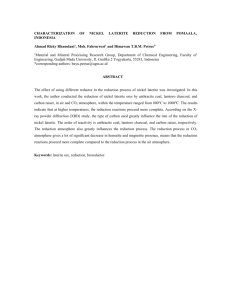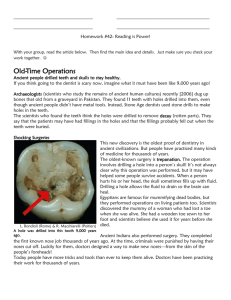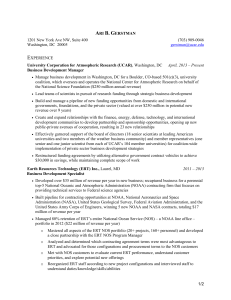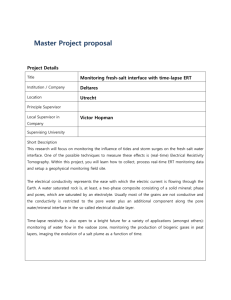View/Open - Hasanuddin University
advertisement
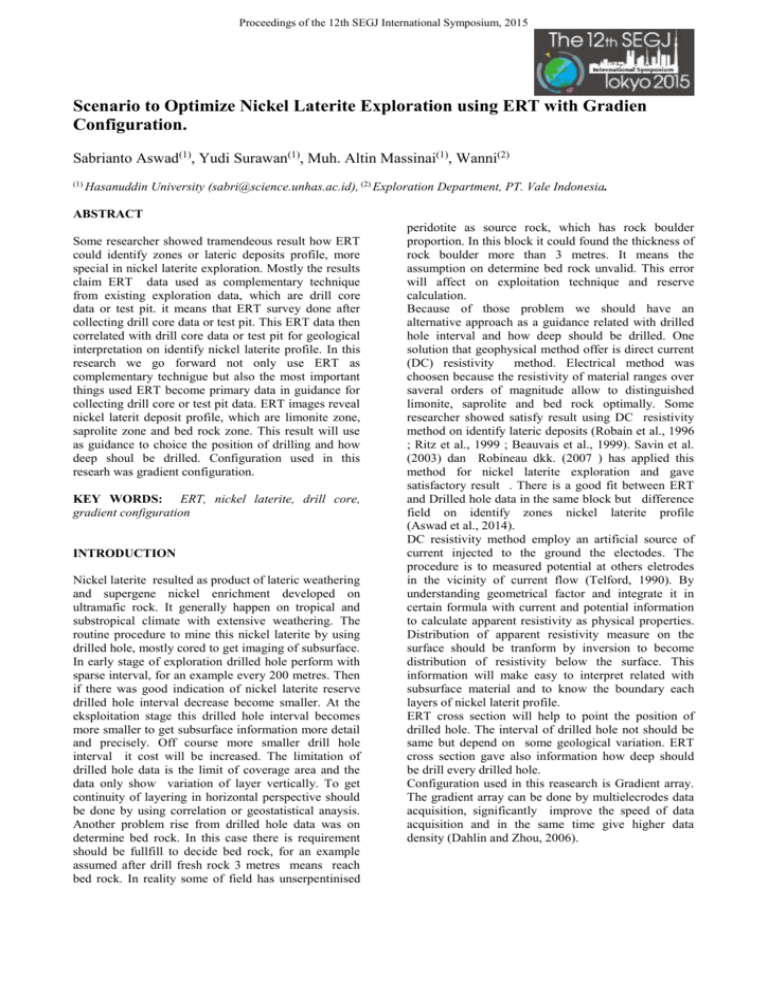
Proceedings of the 12th SEGJ International Symposium, 2015 Scenario to Optimize Nickel Laterite Exploration using ERT with Gradien Configuration. Sabrianto Aswad(1), Yudi Surawan(1), Muh. Altin Massinai(1), Wanni(2) (1) Hasanuddin University (sabri@science.unhas.ac.id), (2) Exploration Department, PT. Vale Indonesia. ABSTRACT Some researcher showed tramendeous result how ERT could identify zones or lateric deposits profile, more special in nickel laterite exploration. Mostly the results claim ERT data used as complementary technique from existing exploration data, which are drill core data or test pit. it means that ERT survey done after collecting drill core data or test pit. This ERT data then correlated with drill core data or test pit for geological interpretation on identify nickel laterite profile. In this research we go forward not only use ERT as complementary technigue but also the most important things used ERT become primary data in guidance for collecting drill core or test pit data. ERT images reveal nickel laterit deposit profile, which are limonite zone, saprolite zone and bed rock zone. This result will use as guidance to choice the position of drilling and how deep shoul be drilled. Configuration used in this researh was gradient configuration. KEY WORDS: ERT, nickel laterite, drill core, gradient configuration INTRODUCTION Nickel laterite resulted as product of lateric weathering and supergene nickel enrichment developed on ultramafic rock. It generally happen on tropical and substropical climate with extensive weathering. The routine procedure to mine this nickel laterite by using drilled hole, mostly cored to get imaging of subsurface. In early stage of exploration drilled hole perform with sparse interval, for an example every 200 metres. Then if there was good indication of nickel laterite reserve drilled hole interval decrease become smaller. At the eksploitation stage this drilled hole interval becomes more smaller to get subsurface information more detail and precisely. Off course more smaller drill hole interval it cost will be increased. The limitation of drilled hole data is the limit of coverage area and the data only show variation of layer vertically. To get continuity of layering in horizontal perspective should be done by using correlation or geostatistical anaysis. Another problem rise from drilled hole data was on determine bed rock. In this case there is requirement should be fullfill to decide bed rock, for an example assumed after drill fresh rock 3 metres means reach bed rock. In reality some of field has unserpentinised peridotite as source rock, which has rock boulder proportion. In this block it could found the thickness of rock boulder more than 3 metres. It means the assumption on determine bed rock unvalid. This error will affect on exploitation technique and reserve calculation. Because of those problem we should have an alternative approach as a guidance related with drilled hole interval and how deep should be drilled. One solution that geophysical method offer is direct current (DC) resistivity method. Electrical method was choosen because the resistivity of material ranges over saveral orders of magnitude allow to distinguished limonite, saprolite and bed rock optimally. Some researcher showed satisfy result using DC resistivity method on identify lateric deposits (Robain et al., 1996 ; Ritz et al., 1999 ; Beauvais et al., 1999). Savin et al. (2003) dan Robineau dkk. (2007 ) has applied this method for nickel laterite exploration and gave satisfactory result . There is a good fit between ERT and Drilled hole data in the same block but difference field on identify zones nickel laterite profile (Aswad et al., 2014). DC resistivity method employ an artificial source of current injected to the ground the electodes. The procedure is to measured potential at others eletrodes in the vicinity of current flow (Telford, 1990). By understanding geometrical factor and integrate it in certain formula with current and potential information to calculate apparent resistivity as physical properties. Distribution of apparent resistivity measure on the surface should be tranform by inversion to become distribution of resistivity below the surface. This information will make easy to interpret related with subsurface material and to know the boundary each layers of nickel laterit profile. ERT cross section will help to point the position of drilled hole. The interval of drilled hole not should be same but depend on some geological variation. ERT cross section gave also information how deep should be drill every drilled hole. Configuration used in this reasearch is Gradient array. The gradient array can be done by multielecrodes data acquisition, significantly improve the speed of data acquisition and in the same time give higher data density (Dahlin and Zhou, 2006).
